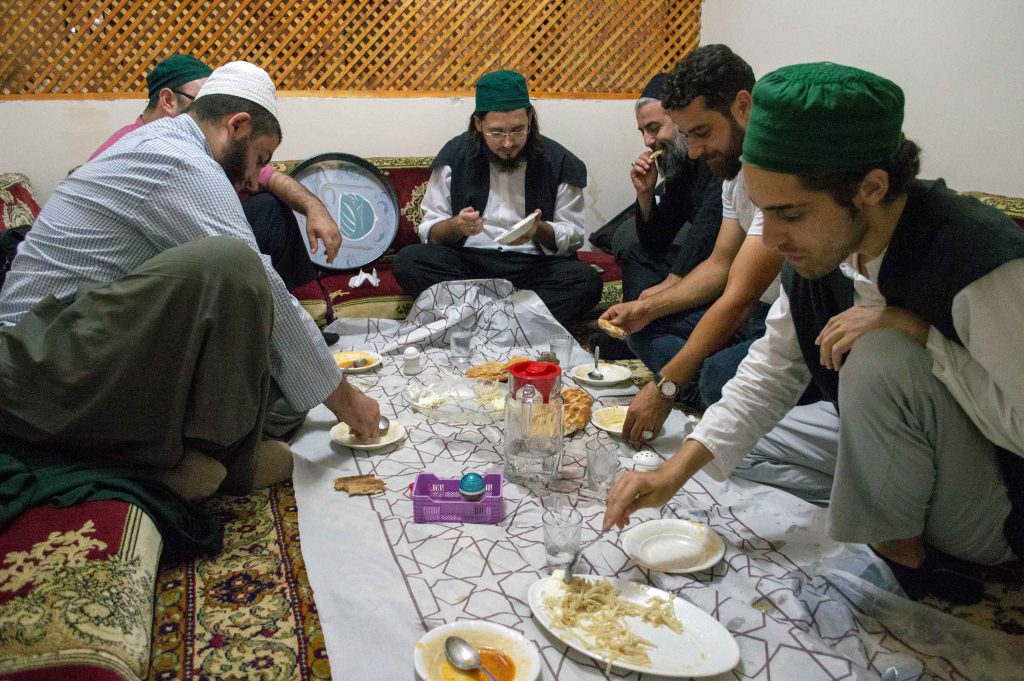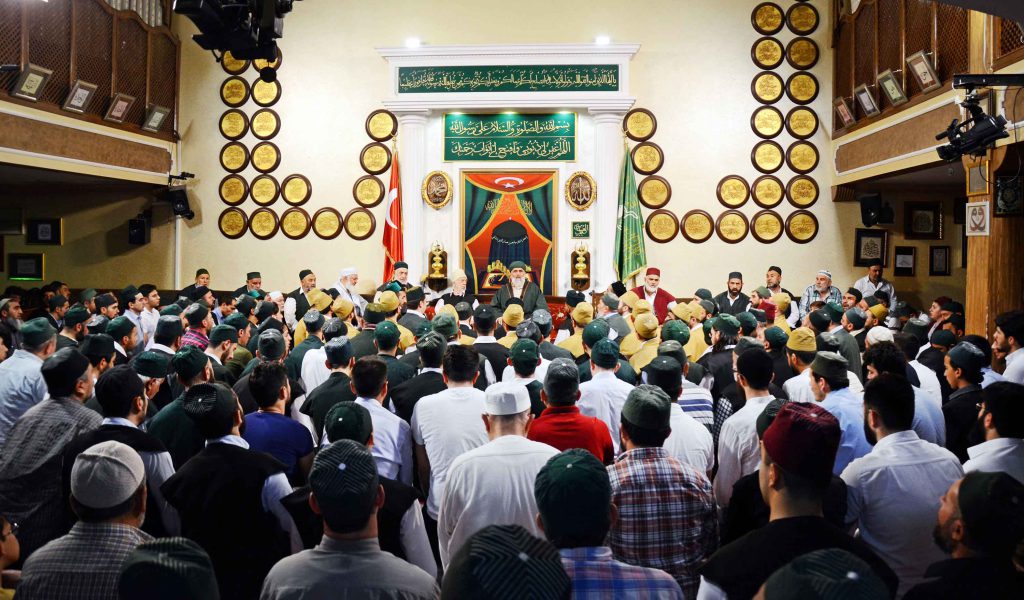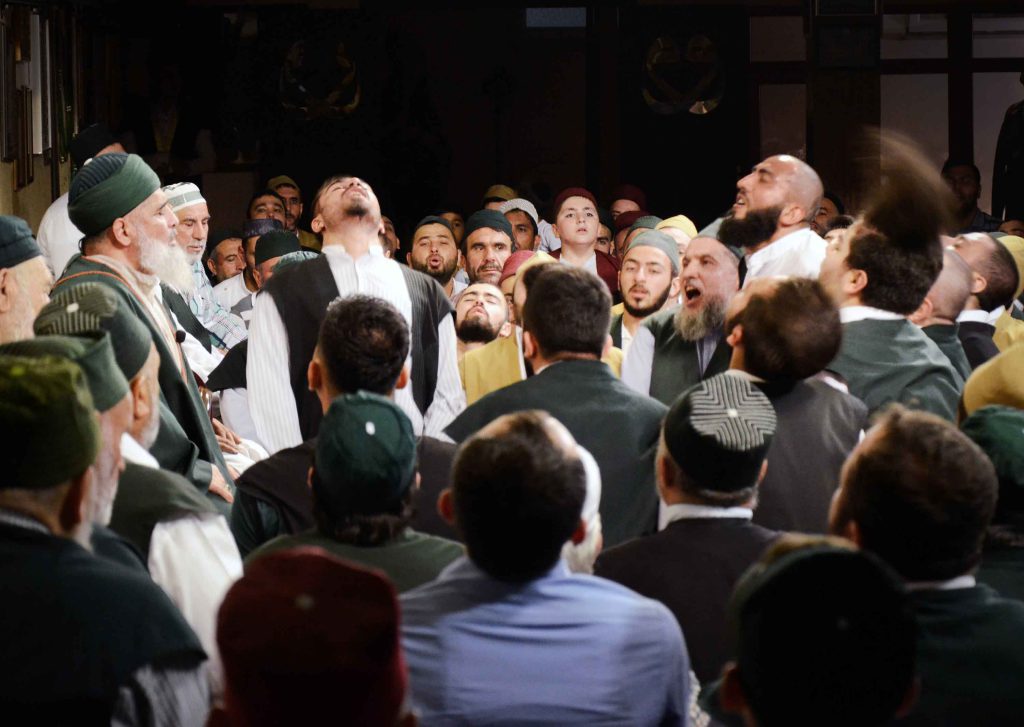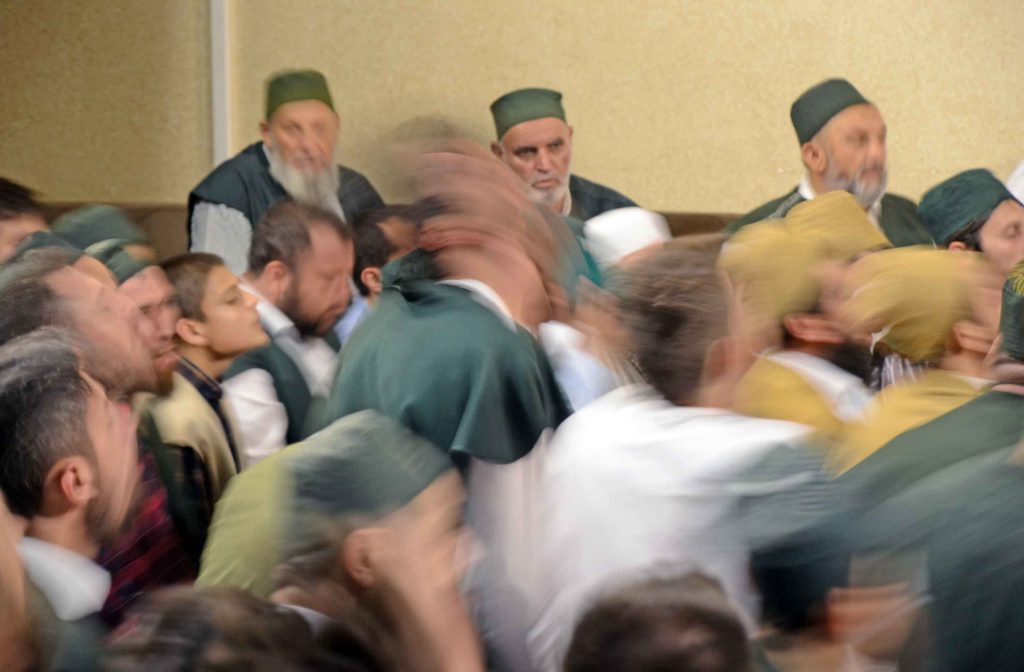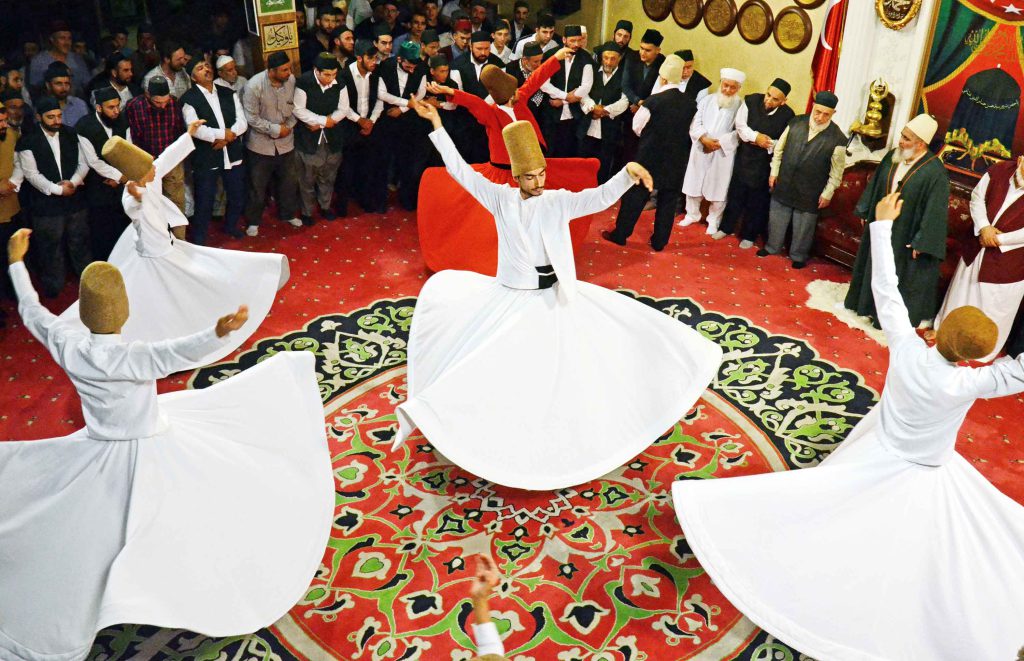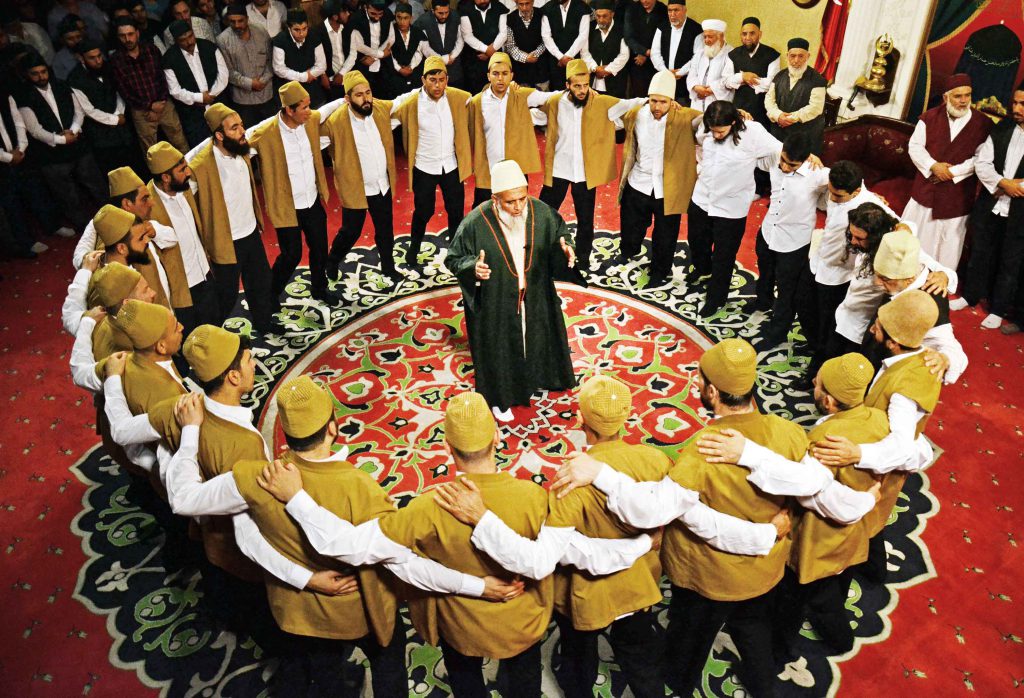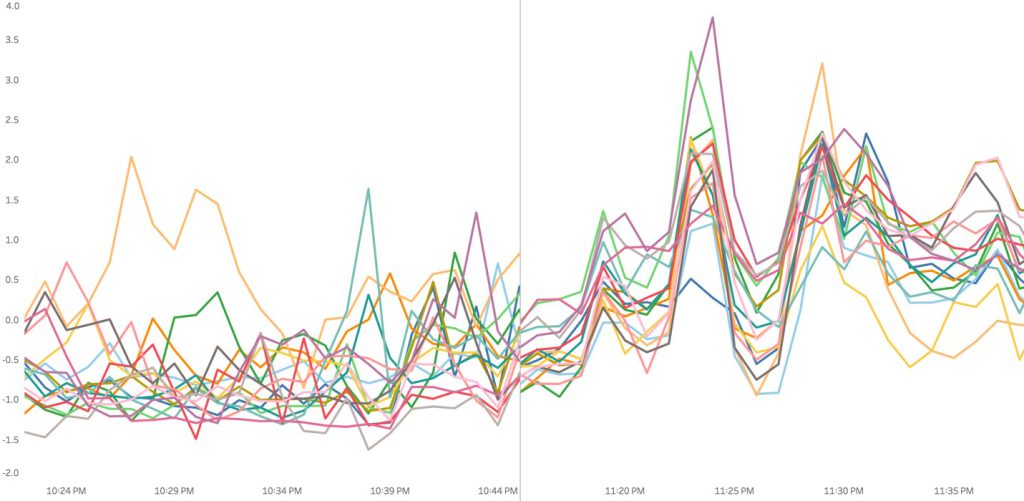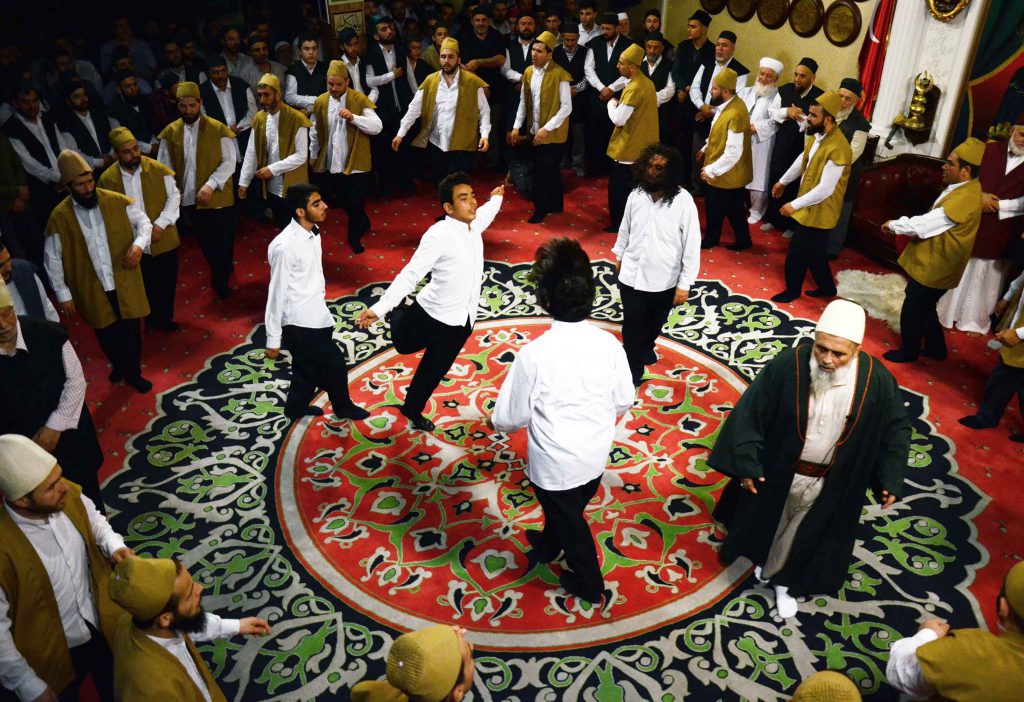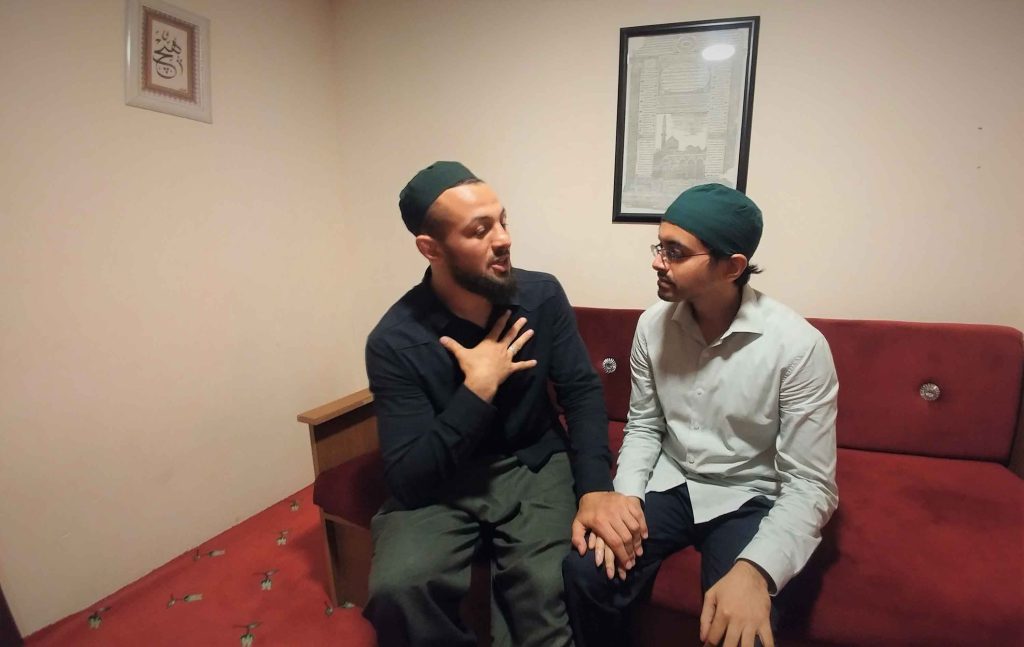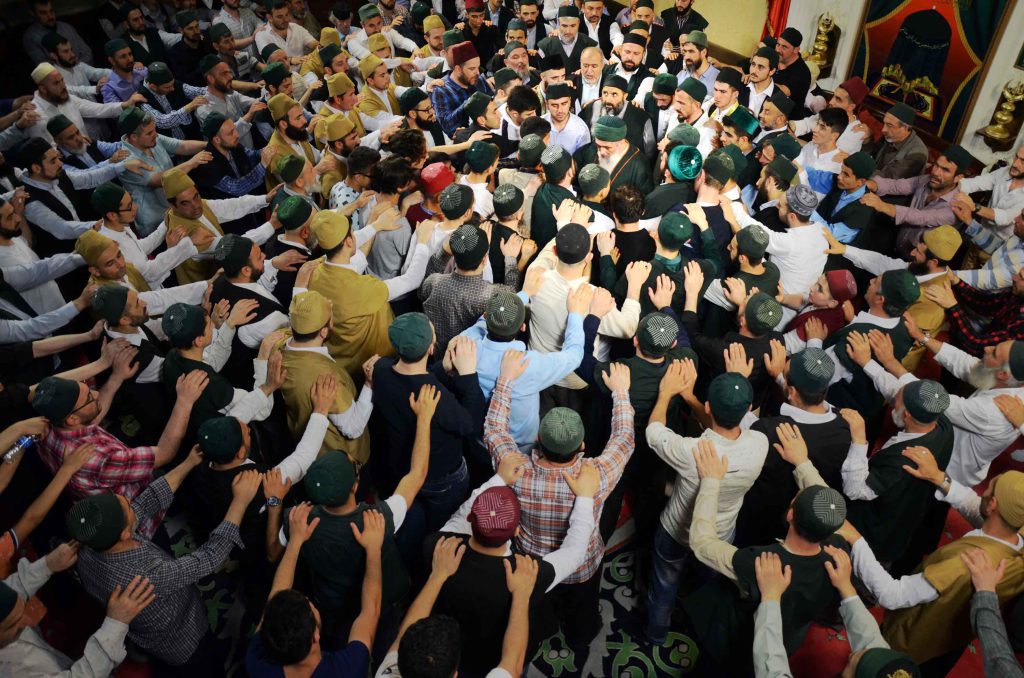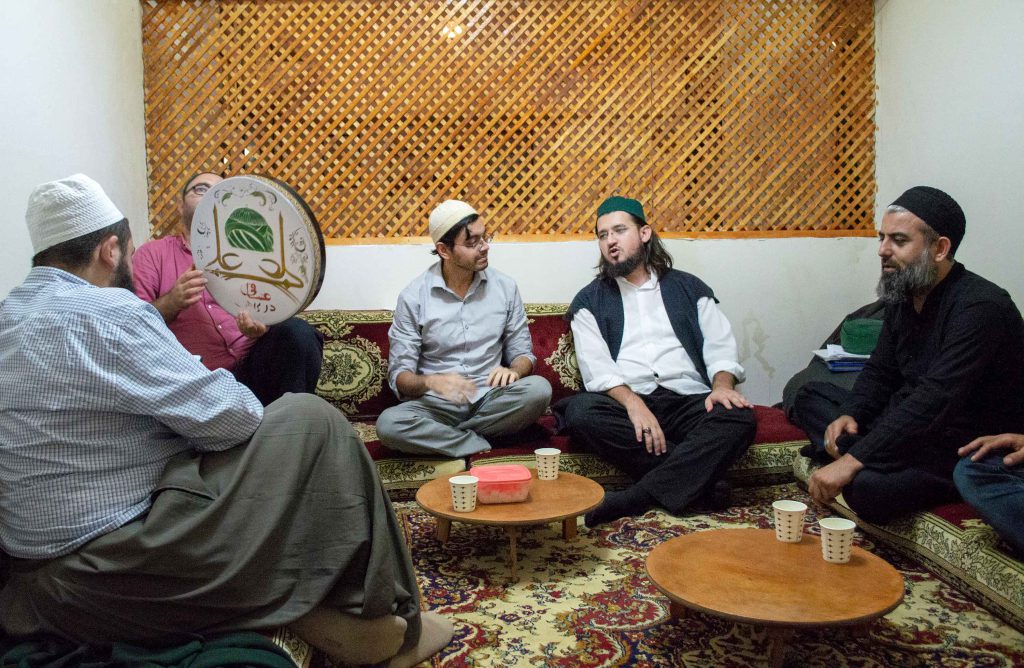How Hearts Align in a Muslim Ritual
In downtown Istanbul, Turks in religious garb filter into a large, multistory building. Behind the nondescript facade lies a majestic interior, where a group of about 500 men sway their heads back and forth while uttering rough, guttural chants that sound like the grating of a saw against wood. Some enter an ecstatic state of trance. One man shouts “Allah!” in a fit of spiritual fervor, his forceful movements causing his spectacles to be thrown from his face.
Sufism is the mystical component of Islam. It is a meditative and highly devout form of Islamic worship that emphasizes a heart-based knowledge of God’s oneness: a gnosis that Sufis call marifat. Sufi mystics seek knowledge of Allah through direct experience, often mediated through rituals, music, and dreams. Their largest and most important ritual is the dhikr, translated literally as “remembrance.” The dhikr is a communal recollection of Allah’s attributes: Over the course of several hours, Sufi devotees engage in a meal, deep meditation or ecstatic trance, and sacred melodies and movements, including the whirling dervish.
Each Thursday night in the Kasımpaşa neighborhood of downtown Istanbul, a Sufi Muslim congregation called the Uşşaki order gathers for their weekly dhikr ritual, led by Shaykh Fatih Nurullah Efendi. This order (tariqa) developed during the reign of the Ottoman Empire and continues to operate in modern Turkey more than 400 years later.
As anthropologists who study religion and ritual, we had the opportunity to investigate the Uşşaki order in-depth. One of us, Christopher Manoharan, has been conducting ethnographic research with this community since 2018 and was invited to participate in the dhikr. As an experimental anthropologist, Dimitris Xygalatas took the unusual step of monitoring the participants’ heart rates with portable heart monitors discreetly worn by 20 individuals under their garments.
Sufis often refer to the dhikr as “the way of the heart”: Participants’ hearts are said to beat as one, rejoicing in remembrance of Allah. We were curious to see whether this notion would be supported by biological data.
Similar studies elsewhere have shown that those who are emotionally and socially connected may experience the alignment of physiological responses. For example, researchers have demonstrated synchronous heart rate patterns between fire-walkers and socially related spectators, as well as between romantic partners. Interestingly, Sufis at the lodge are often addressed by their shaykh as aşıklar, or “lovers.”
Our recent (not yet published) research shows that their quest to unify hearts in celebration of God does go beyond metaphor: Their hearts really do beat as one.
Sufi orders have been less visible since the foundation of the Republic of Turkey in the 1920s, largely due to government reforms that made it more difficult for them to congregate. However, Turkish Sufis in recent years have begun to abandon their reclusive inclinations and instead engage in programs of public outreach and education. Tech savvy and energetic, these contemporary Sufis strive to teach others about Sufism by broadcasting their lectures and rituals.
It was as part of this outreach that we were given access to the Uşşaki lodge in Istanbul—an exceptional honor for a pair of foreigners. We hope that by examining the Sufi approach to God and spirituality, anthropologists like us can help understand the unique qualities of Sufi practice and philosophy.

































